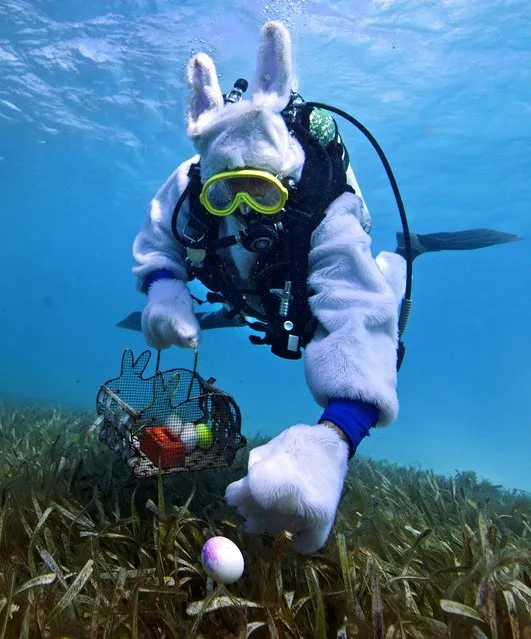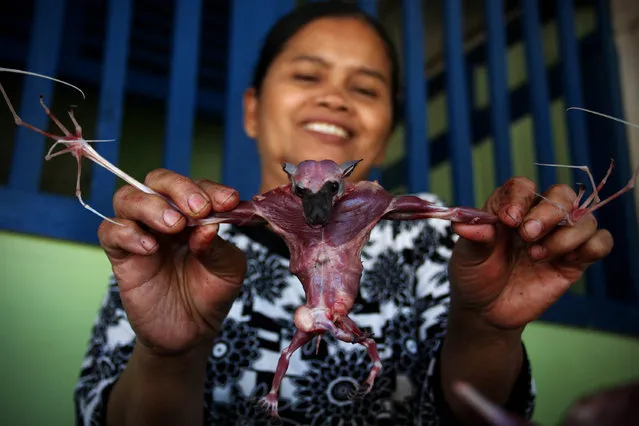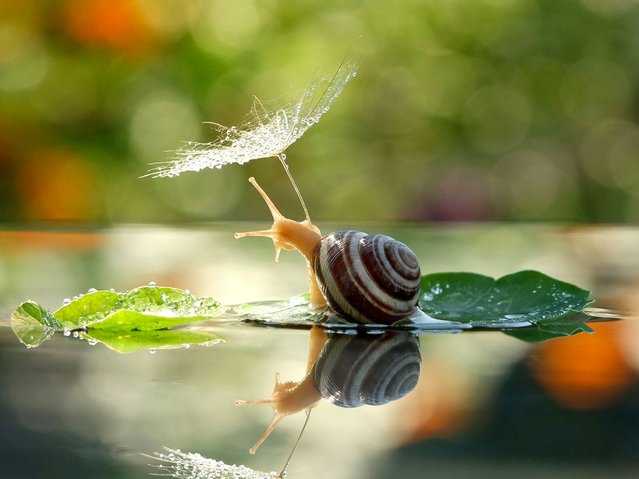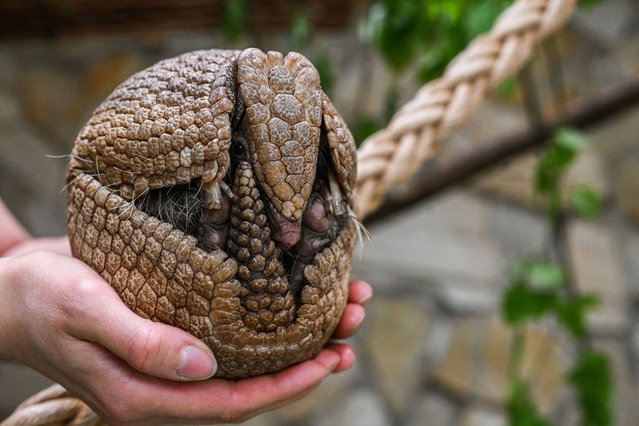
Police officers escort people from inside the shopping center as they respond to a shooting at the Olympia Einkaufzentrum (OEZ) at July 22, 2016 in Munich, Germany. According to reports, several people have been killed and an unknown number injured in a shooting at a shopping centre in the north-western Moosach district in Munich. Police are hunting the attacker or attackers who are thought to be still at large. (Photo by Joerg Koch/Getty Images)
23 Jul 2016 12:54:00,post received
0 comments







